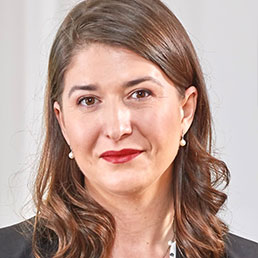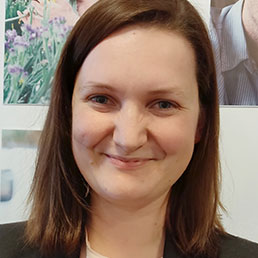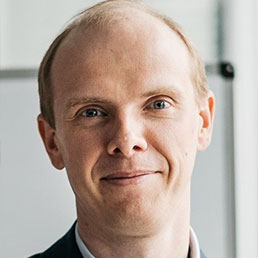Overview of BPM Certifications

BPM certifications accelerate professional credibility by validating competence and expertise in our industry-leading business process modeling language. Our BPM exams test not only a candidate's knowledge of domain standards (e.g., Business Process Model & Notation (BPMN), Business Motivation Model (BMM) and Business Process Maturity Model (BPMM)) but also the application of specific aspects in the field and of industry best practices over a wide range of business process-related topics. According to a recent Fortune Business Insights Report, the global BPM market size is projected to grow to $38 billion by 2032 at a CAGR of 11% through 2032.
Our BPM (OCEB 2) exams were designed by industry experts who understand what BPM practitioners need to be successful in the industry today. Peers and employers alike will be confident about a certified candidate's ability to participate in and lead real-world BPM (Business Process Modeling) enterprise initiatives.
There are three BPM certification exams: Fundamental, Intermediate, and Advanced. Use the tabbed section below to gain more detailed information on each exam.
BPM Certifications Process
- Carefully review our Exam Discounts & Promos and how to purchase single and bulk exam vouchers. Take advantage of our limited time December 15% discount on all OMG exams and exam vouchers (good for 1 year).
- Create/sign into your Pearson VUE account, via which you can book, purchase, cancel, and reschedule your exams as well as access your exam receipts and score reports.
- During/after OMG Accredited Training (optional) or Self Preparation (use exam info sheets in tabbed section below) schedule & pay (using a discount/promo code if applicable) for your exam via your Pearson VUE account. Schedule at a secure test center or online.
- Within hours of passing your exam, Claim and Share your Credly Digital Credentials (check your inbox and junk folder for an email from [email protected]) with your peers. Print a .pdf or hardcopy of your certificate.
- If you fail your exam, check your score report for a 20% discount code to retake your exam.
The BPM Fundamental (prerequisite to BPM Intermediate and Advanced exams) exam tests an individual's knowledge of basic business concepts and terms, business motivation and planning, business processes and management, BPMN elements, the Analytic Conformance Class, the Descriptive Conformance Class, process quality, governance and metrics frameworks. With a BPM Fundamental certification, an individual is qualified to be a productive member of a BPMN project team. The BPM Fundamental exam is available in Japanese!
Click the blue button below to view and download detailed exam information.
The BPM Intermediate (prerequisite to BPM Advanced exam) exam tests an individual's knowledge of the BMM (influencers, assessments and modeling scenarios), advanced BPM areas (advantages of a shared business-wide vocabulary as provided by Semantics of Business Vocabulary and Business Rules approach) and business process management knowledge and skill areas (Key Performance Indicators, Business Activity Monitoring, process simulation and optimization, and modeling Return on Investment) and industry frameworks for process quality, metrics, and governance and regulatory compliance. With an BPM Intermediate certification, an individual, either as a team member or as team leader, is qualified to design and execute a BPM project of moderate scope including its distributed components. The BPM Intermediate exam is available in Japanese!
Click the blue button below to view and download detailed exam information.
The BPM Advanced exam tests an individual's knowledge of alignment of BPM with enterprise goals and resources, advanced business process modeling, management of BPM programs, advanced change management, compliance and assurance, and advanced topics in process improvement. With an BPM Advanced certification, an individual is qualified to lead a major BPM project implementation from the business perspective, advise senior management on the application and optimization of business processes to achieve strategic goals, provide both visionary and practical business guidance for large-scale enterprise-wide BPM deployments with highly complex interdependent processes, establish and manage a BPM Center of Excellence, or design and provide in-depth business-oriented training and quality assurance for BPM technologies.
Click the blue button below to view and download detailed exam information.





